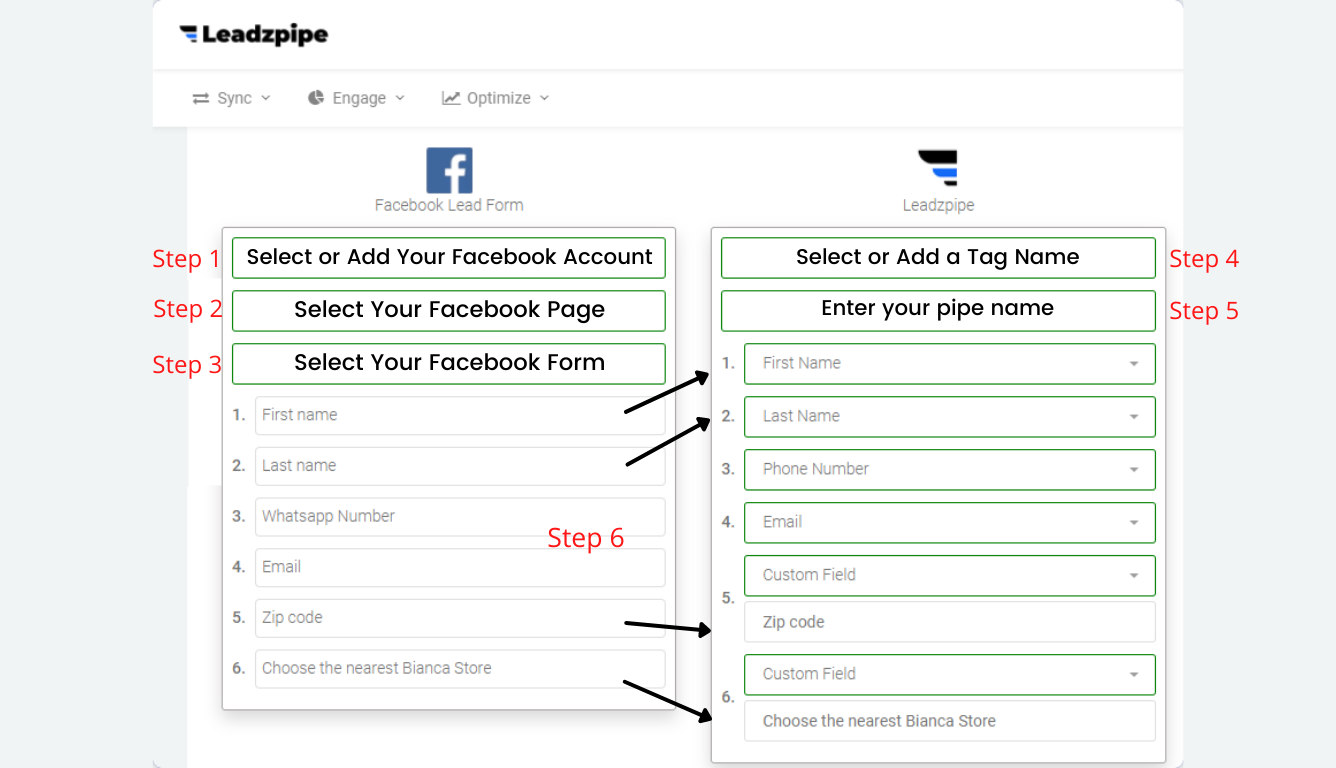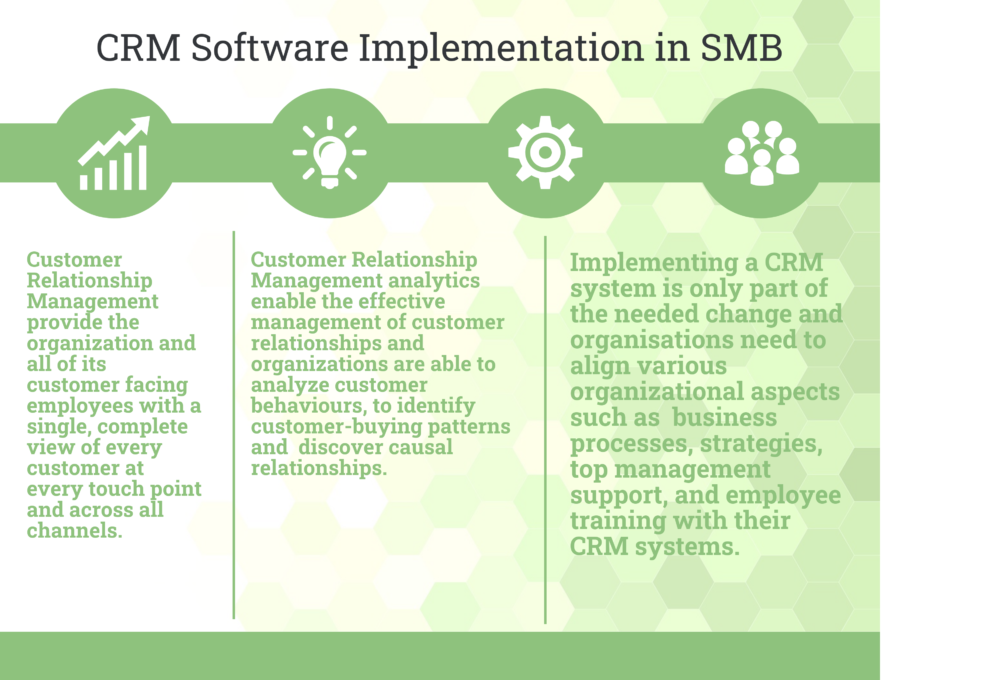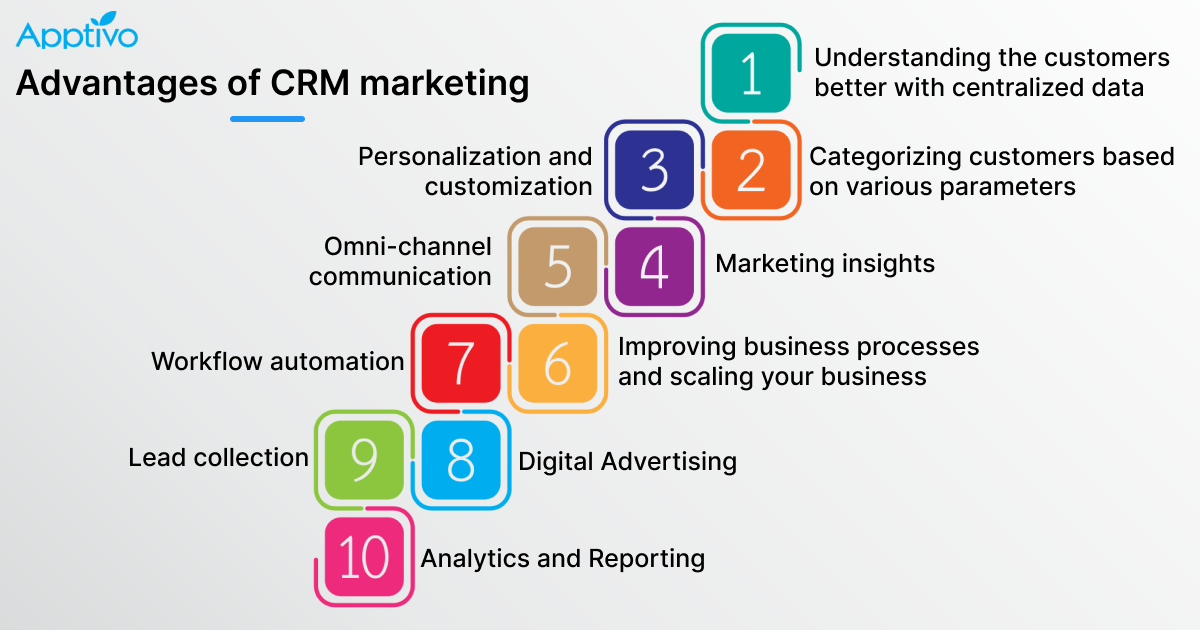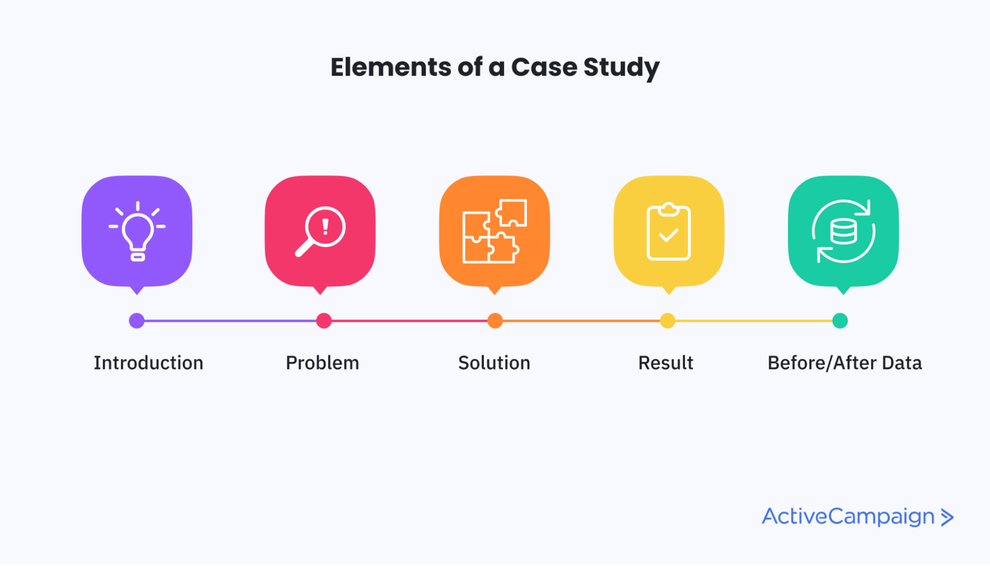Unleashing the Power of CRM: A Foundation for Stellar Marketing Campaigns
In today’s hyper-competitive market, simply having a great product or service isn’t enough. You need a deep understanding of your customers, their needs, and their behaviors. This is where a Customer Relationship Management (CRM) system becomes your most valuable asset. A CRM isn’t just a database; it’s the engine that drives personalized marketing, fuels sales growth, and fosters lasting customer relationships. This article dives deep into creative CRM marketing campaign ideas that will not only capture your audience’s attention but also convert them into loyal customers.
Before we jump into the campaign ideas, let’s briefly touch on why CRM is so crucial. A well-implemented CRM allows you to:
- Centralize Customer Data: Store all customer interactions, preferences, and purchase history in one place.
- Segment Your Audience: Divide your customers into specific groups based on demographics, behaviors, and interests.
- Personalize Your Messaging: Tailor your marketing messages to resonate with each segment, increasing engagement.
- Automate Tasks: Streamline repetitive tasks, freeing up your team to focus on more strategic initiatives.
- Track and Measure Results: Monitor campaign performance and make data-driven decisions to optimize your efforts.
With these benefits in mind, let’s explore some innovative CRM marketing campaign ideas that will help you achieve your marketing goals.
Campaign Idea 1: The Personalized Welcome Series
First impressions are everything. A personalized welcome series is a fantastic way to greet new subscribers or leads and set the stage for a long-term relationship. This series can include:
- Welcome Email: Immediately acknowledge their signup and express gratitude. Include a brief introduction to your brand and what they can expect.
- Value-Driven Email: Share valuable content, such as a helpful guide, a free ebook, or a discount code, to showcase your expertise and provide immediate value.
- Engagement Email: Encourage them to interact with your brand by asking questions, inviting them to follow you on social media, or prompting them to take a survey.
CRM Implementation: Utilize your CRM to automate the welcome series. Trigger the emails based on the customer’s signup date. Personalize the emails by including their name and any other information you have collected. Track open rates, click-through rates, and conversions to measure the effectiveness of each email.
Example: Imagine a potential customer signs up for your email list to receive updates about your online course. Your welcome series could look like this: a welcome email thanking them and offering a free lesson, followed by an email a few days later with testimonials from past students, and finally, an email inviting them to a free webinar.
Campaign Idea 2: The Behavior-Based Trigger Campaign
These campaigns are designed to respond to specific customer behaviors, such as website visits, product views, abandoned shopping carts, or past purchases. They are highly effective because they target customers at the moment they are most engaged.
Examples:
- Abandoned Cart Recovery: Send an email to customers who added items to their cart but didn’t complete the purchase. Offer a discount, remind them of the items in their cart, and provide a clear call to action to complete the purchase.
- Product View Retargeting: If a customer views a specific product, send them an email with additional information about that product, related products, or a special offer.
- Post-Purchase Follow-Up: After a customer makes a purchase, send a thank-you email, provide information on how to use the product, and offer support resources.
- Inactive Customer Reactivation: Identify customers who haven’t engaged with your brand in a while and send them a win-back email with a special offer or a reminder of your value proposition.
CRM Implementation: Your CRM needs to integrate with your website and e-commerce platform to track customer behavior. Set up automated workflows to trigger the appropriate emails based on these actions. Personalize the emails with the specific products viewed or left in the cart.
Example: A customer browses a new running shoe on your website but doesn’t buy it. Your CRM automatically triggers an email a day later, reminding them of the shoe, offering a discount on their first purchase, and including a link back to the product page.
Campaign Idea 3: The Loyalty and Rewards Program Campaign
Reward loyal customers for their continued support and incentivize repeat purchases. A loyalty program is a powerful tool for building brand affinity and increasing customer lifetime value.
Components:
- Points-Based System: Customers earn points for every purchase, which they can redeem for discounts, free products, or other rewards.
- Tiered System: Offer different levels of rewards based on customer spending or engagement.
- Exclusive Offers: Provide members-only discounts, early access to new products, and other special perks.
- Personalized Recommendations: Use customer data to recommend products and services that align with their interests.
CRM Implementation: Your CRM should be able to track customer points, manage different loyalty tiers, and automate the delivery of rewards. Segment your customers based on their loyalty status and tailor your messaging accordingly.
Example: A coffee shop could implement a loyalty program where customers earn points for every dollar spent. They can redeem points for free drinks, food items, or merchandise. The program could also offer tiered rewards, such as a birthday freebie for higher-tier members.
Campaign Idea 4: The Segmentation-Driven Email Campaign
Don’t treat all your customers the same. Segmentation allows you to tailor your messaging to specific groups, increasing relevance and engagement. Segment your audience based on:
- Demographics: Age, gender, location, income, etc.
- Purchase History: Past purchases, average order value, product preferences.
- Engagement Level: Open rates, click-through rates, website activity.
- Interests: Based on survey responses, website browsing behavior, and other data.
CRM Implementation: Your CRM should allow you to create and manage customer segments. Use the data you have collected to craft targeted email campaigns that address the specific needs and interests of each segment. Test different subject lines, content, and calls to action to optimize your results.
Example: An online clothing retailer could segment its customers based on their purchase history. They could send targeted emails to customers who have previously purchased dresses, showcasing new arrivals and special offers on dresses. They could also send emails to customers who haven’t purchased in a while, offering a discount to encourage them to shop again.
Campaign Idea 5: The Event-Based Marketing Campaign
Leverage events, both online and offline, to engage with your customers and generate leads. Events can include webinars, workshops, product launches, and industry conferences.
Strategies:
- Pre-Event Promotion: Use email and social media to promote the event and encourage registration.
- Event Registration and Reminders: Send automated emails to confirm registration, provide event details, and send reminder emails leading up to the event.
- Post-Event Follow-Up: Send thank-you emails to attendees, share recordings or presentations, and nurture leads with relevant content.
- Lead Generation: Capture leads through event registration forms, surveys, and contests.
CRM Implementation: Integrate your CRM with your event management platform to streamline registration, track attendance, and manage communication. Segment your audience based on their event participation and follow up with targeted campaigns.
Example: A software company could host a webinar on a specific industry topic. They could promote the webinar through email and social media, collect registrations through their website, send reminder emails to registrants, and follow up after the webinar with a recording and a call to action to schedule a demo.
Campaign Idea 6: The Cross-Selling and Upselling Campaign
Maximize revenue by recommending related products or services to your existing customers. This can be done through:
- Cross-Selling: Recommending complementary products that enhance the customer’s initial purchase.
- Upselling: Encouraging customers to upgrade to a more expensive or feature-rich version of a product or service.
- Personalized Product Recommendations: Use data to suggest products based on the customer’s purchase history, browsing behavior, and interests.
CRM Implementation: Your CRM should be able to analyze customer data and identify opportunities for cross-selling and upselling. Automate the delivery of personalized product recommendations through email, on your website, and in your mobile app.
Example: An online book retailer could recommend related books to customers who have purchased a specific title. They could also offer a bundle of books at a discounted price. A customer buys a camera, and the CRM automatically suggests a camera bag, extra batteries, and a memory card.
Campaign Idea 7: The Customer Feedback and Survey Campaign
Gather valuable feedback from your customers to improve your products, services, and customer experience. This data can be used to:
- Identify Areas for Improvement: Pinpoint pain points and areas where you can enhance your offerings.
- Measure Customer Satisfaction: Track customer satisfaction levels and identify trends over time.
- Gather Testimonials and Reviews: Collect positive feedback to build social proof and influence future purchases.
Strategies:
- Post-Purchase Surveys: Send surveys after a customer makes a purchase to gauge their satisfaction.
- Customer Satisfaction Surveys (CSAT): Measure overall customer satisfaction.
- Net Promoter Score (NPS) Surveys: Gauge customer loyalty and willingness to recommend your brand.
- Product Feedback Surveys: Ask customers for feedback on specific products or features.
CRM Implementation: Integrate your CRM with a survey platform to automate the distribution and analysis of surveys. Segment your customers based on their feedback and follow up with personalized communication.
Example: After a customer purchases a new appliance, send a follow-up survey asking them about their experience with the purchase process, the product itself, and the delivery service. Use the feedback to improve your customer service and product offerings.
Campaign Idea 8: The Social Media Integration Campaign
Leverage the power of social media to engage with your customers, build brand awareness, and drive conversions. Integrate your CRM with your social media platforms to:
- Track Social Media Interactions: Monitor mentions, comments, and messages related to your brand.
- Segment Customers Based on Social Media Behavior: Identify customers who are actively engaged with your brand on social media.
- Personalize Social Media Messaging: Tailor your social media content to resonate with specific customer segments.
- Run Social Media Contests and Promotions: Generate leads and increase engagement through contests, giveaways, and other promotions.
CRM Implementation: Integrate your CRM with your social media platforms to track customer interactions, segment your audience, and automate social media posting. Use social media data to personalize your marketing efforts.
Example: A restaurant could track mentions of their brand on social media. They could respond to positive reviews, address negative feedback, and engage with customers who are sharing photos of their food. They could also run a contest where customers who tag their friends in a post have the chance to win a free meal.
Campaign Idea 9: The Win-Back Campaign
Re-engage customers who have become inactive or haven’t made a purchase in a while. These campaigns are designed to rekindle interest and encourage them to return.
Strategies:
- Identify Inactive Customers: Use your CRM to identify customers who haven’t engaged with your brand in a specific timeframe.
- Send a Personalized Email: Offer a special discount, a reminder of your value proposition, or an exclusive offer to incentivize them to return.
- Highlight New Products or Services: Showcase any new offerings or changes that might appeal to them.
- Make it Easy to Re-Engage: Include a clear call to action, such as a link to your website or a phone number to contact customer service.
CRM Implementation: Set up automated workflows to trigger win-back emails based on customer inactivity. Personalize the emails with their name, past purchase history, and other relevant information.
Example: A subscription box service could send an email to inactive subscribers offering a discounted box or a free gift to encourage them to resubscribe. They could also highlight any changes to their service or new products that have been added.
Campaign Idea 10: The Multi-Channel Marketing Campaign
Don’t limit yourself to email. Reach your customers through a variety of channels to maximize your reach and engagement. This could include:
- Email Marketing: Send targeted emails based on customer behavior and preferences.
- SMS Marketing: Send text messages for promotions, reminders, and updates.
- Social Media Marketing: Engage with your customers on social media platforms.
- Website Personalization: Customize your website content based on customer behavior and preferences.
- Direct Mail: Send physical mailers for special promotions or announcements.
CRM Implementation: Your CRM should be able to integrate with multiple marketing channels. Use your CRM data to create a unified customer view and personalize your messaging across all channels. Track the results of each campaign to determine which channels are most effective.
Example: A clothing retailer could send an email to customers announcing a new sale. They could also send a text message reminder a few days later. They could then personalize their website with banners and product recommendations based on the customer’s browsing history. They could also send a direct mail catalog to their most loyal customers.
Measuring Success: Key Metrics for CRM Marketing Campaigns
Implementing these CRM marketing campaign ideas is only half the battle. It’s essential to track your results and make data-driven decisions to optimize your efforts. Here are some key metrics to monitor:
- Open Rate: The percentage of emails that are opened.
- Click-Through Rate (CTR): The percentage of recipients who click on a link in your email.
- Conversion Rate: The percentage of recipients who complete a desired action, such as making a purchase or filling out a form.
- Customer Acquisition Cost (CAC): The cost of acquiring a new customer.
- Customer Lifetime Value (CLTV): The predicted revenue a customer will generate over their lifetime.
- Return on Investment (ROI): The profitability of your marketing campaigns.
- Website Traffic: The number of visitors to your website.
- Lead Generation: The number of new leads generated.
- Social Media Engagement: Likes, shares, comments, and other interactions on social media.
- Customer Satisfaction (CSAT) and Net Promoter Score (NPS): Measures of customer satisfaction and loyalty.
Tools for Tracking: Utilize your CRM’s built-in analytics and reporting features. Integrate with tools like Google Analytics, email marketing platforms (e.g., Mailchimp, Sendinblue), and social media analytics dashboards.
Best Practices for CRM Marketing Campaign Success
To ensure the success of your CRM marketing campaigns, keep these best practices in mind:
- Data Quality: The quality of your data is paramount. Regularly clean and update your customer data to ensure accuracy.
- Segmentation is Key: Don’t send generic messages. Segment your audience and tailor your messaging to specific groups.
- Personalization is Crucial: Use customer data to personalize your emails, website content, and other marketing materials.
- Automation is Your Friend: Automate repetitive tasks to save time and improve efficiency.
- Testing and Optimization: A/B test different subject lines, content, and calls to action to optimize your results.
- Mobile Optimization: Ensure your emails and website are mobile-friendly.
- Compliance with Regulations: Adhere to all relevant data privacy regulations, such as GDPR and CCPA.
- Focus on Value: Always provide value to your customers. Offer helpful content, exclusive deals, and excellent customer service.
- Regularly Review and Refine: Continuously monitor your results and make adjustments to your campaigns as needed.
Choosing the Right CRM System
Selecting the right CRM system is crucial for the success of your marketing campaigns. Consider these factors:
- Features: Does the CRM offer the features you need, such as email marketing, automation, segmentation, and reporting?
- Scalability: Can the CRM handle your current customer base and future growth?
- Integration: Does the CRM integrate with your existing tools, such as your website, e-commerce platform, and social media channels?
- Ease of Use: Is the CRM easy to use and navigate?
- Cost: What is the cost of the CRM, including licensing fees and implementation costs?
- Customer Support: Does the CRM provider offer adequate customer support?
Popular CRM Systems: Some popular CRM systems include Salesforce, HubSpot, Zoho CRM, Microsoft Dynamics 365, and Pipedrive. Research different options and choose the one that best suits your needs and budget.
Conclusion: Embrace CRM to Transform Your Marketing
CRM marketing campaigns are no longer a luxury; they are a necessity for businesses looking to thrive in today’s competitive landscape. By leveraging the power of CRM, you can gain a deep understanding of your customers, personalize your marketing efforts, and build lasting relationships. Implement the campaign ideas discussed in this article, measure your results, and continuously optimize your efforts. With a well-executed CRM strategy, you can ignite your sales and achieve sustainable growth. Remember that CRM is not just about the technology; it’s about the strategy, the data, and the people behind it. Embrace the power of CRM and transform your marketing into a customer-centric powerhouse.




